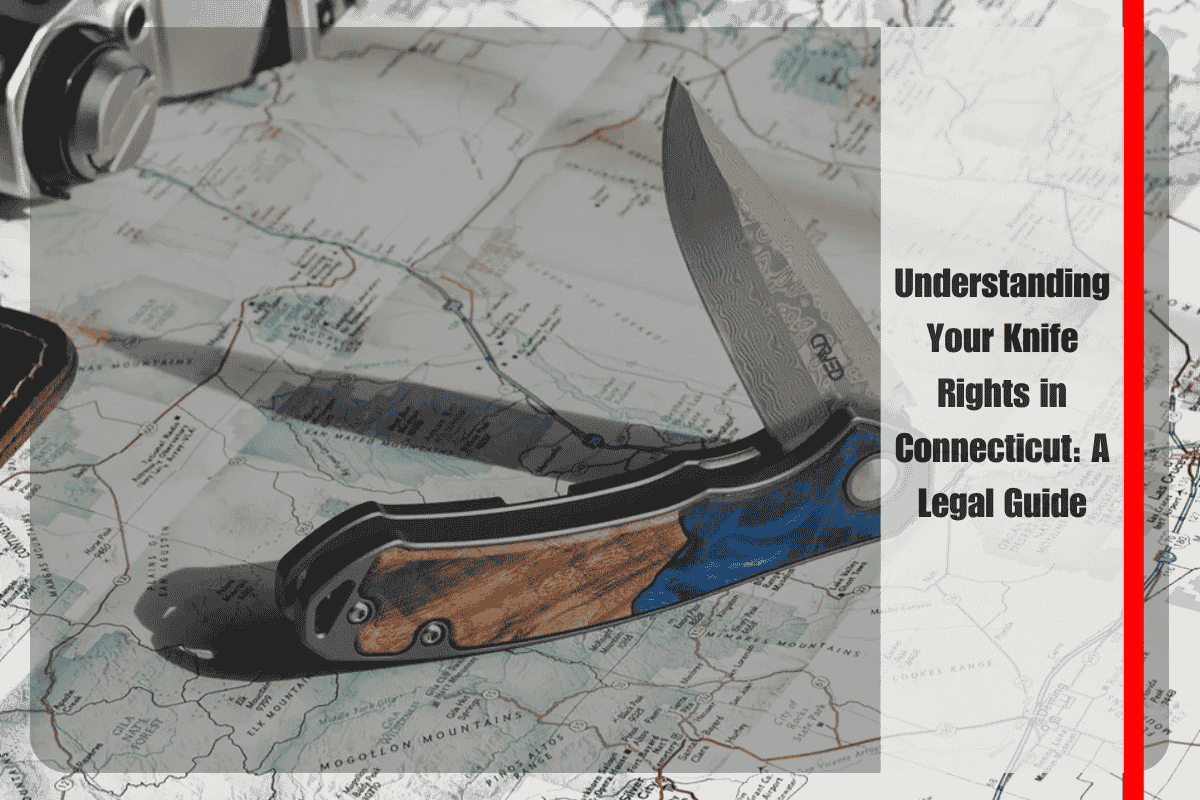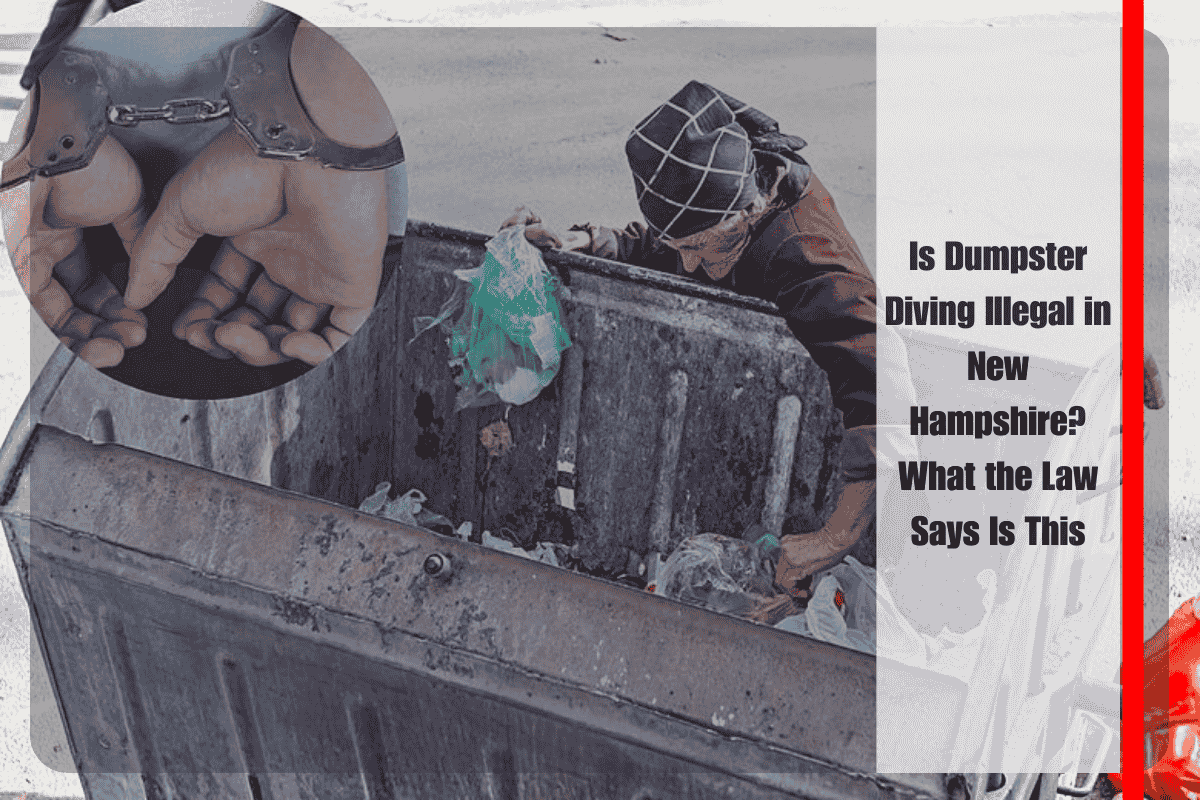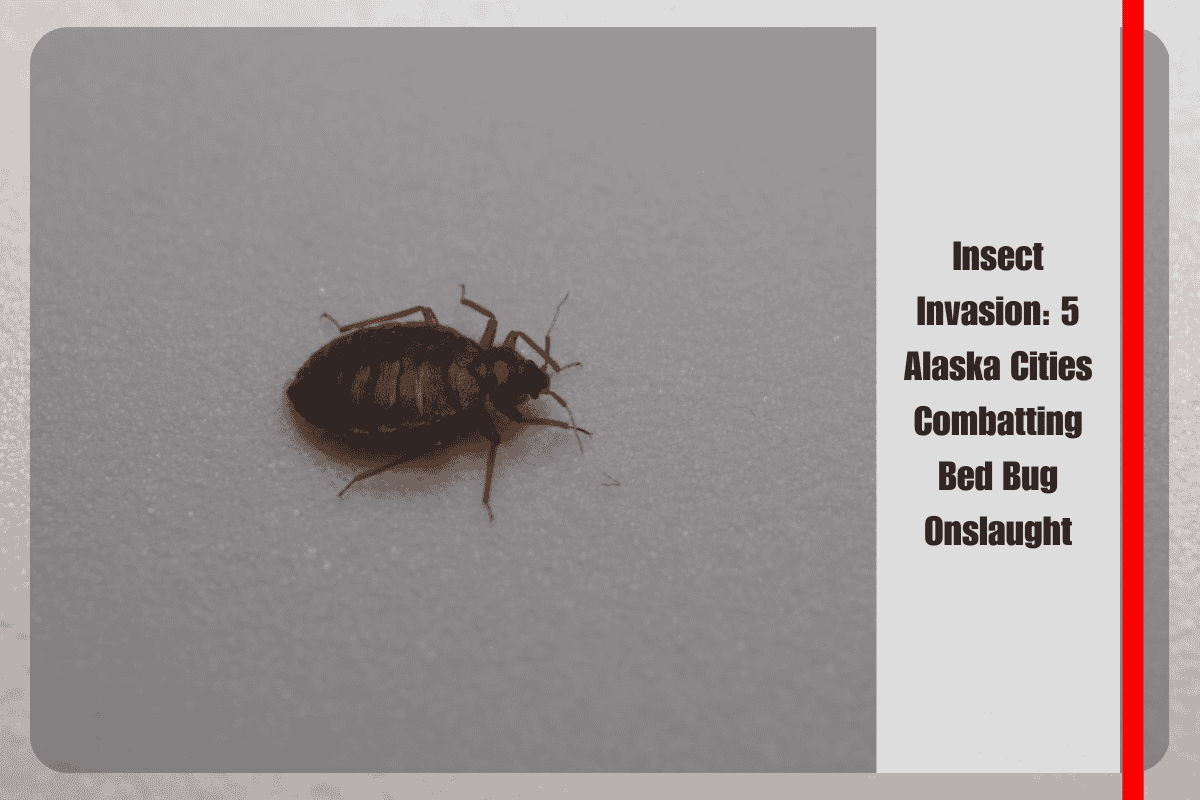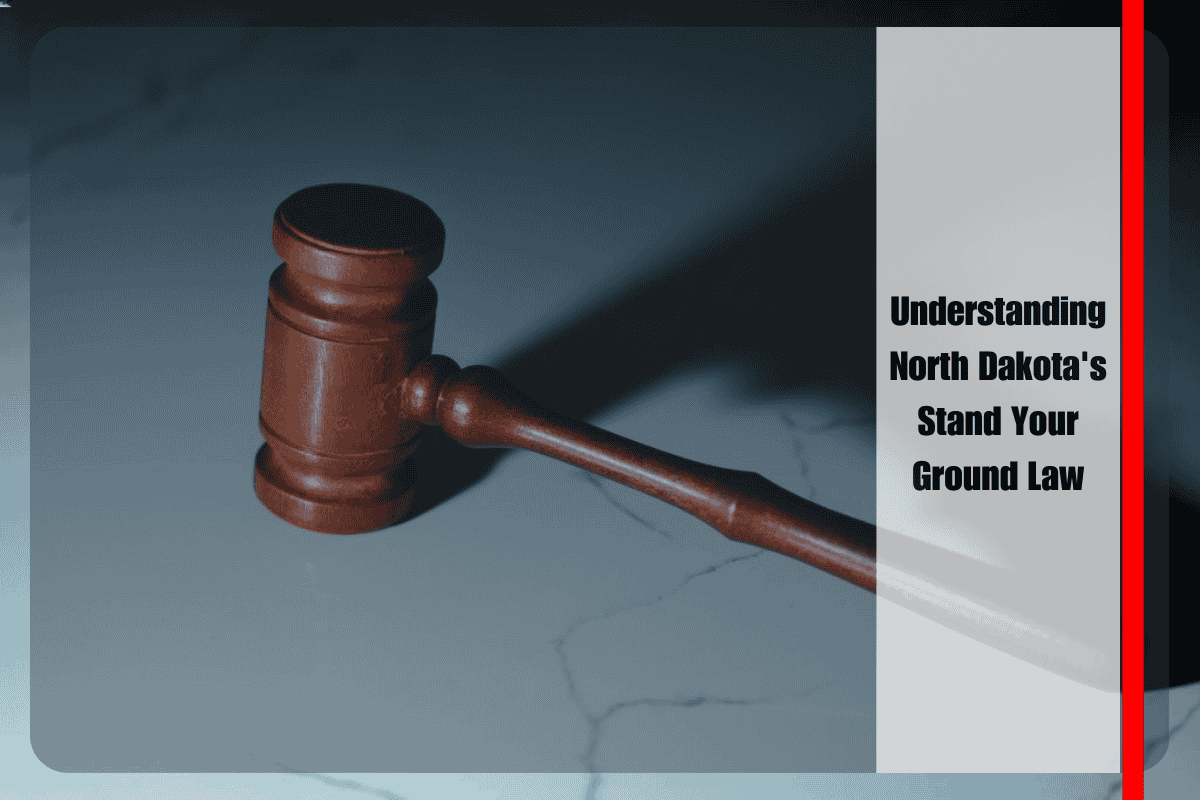Understanding knife laws in Connecticut is crucial for residents and visitors to avoid legal trouble. While Connecticut generally allows the ownership of most knives within one’s home, there are significant restrictions on carrying them in public, whether openly or concealed.
Here’s a breakdown of Connecticut’s knife laws:
I. Prohibited Knives for Carry (and often, in a vehicle):
Connecticut law broadly defines “dangerous weapons” that are illegal to carry on your person or in a vehicle (with specific exceptions). These include:
- Automatic Knives/Switchblades: Knives with an automatic spring release device that releases a blade from the handle are illegal to carry if the blade is over 1.5 inches in length.
- Knives with an Edged Portion of the Blade 4 Inches or More in Length: This is a key restriction. If the edged part of your knife’s blade measures 4 inches or longer, it is generally illegal to carry it.
- Stilettos, Dirk Knives, and Gravity Knives: These types of knives are also specifically prohibited for carry.
- Other “Dangerous Weapons”: The statutes also refer to “any other dangerous or deadly weapon,” which can be interpreted broadly by the courts.
Important Note: The law generally allows possession of these knives within your own residence or business, but carrying them outside is restricted.
II. Legal Knives for Carry (with limitations):
- Pocket Knives with Blades Less Than 1.5 Inches: These are generally legal to carry.
- Folding Knives (not classified as “dangerous weapons”): Most common folding knives are permissible, provided they don’t fall under the “dangerous weapon” categories (e.g., blade length under 4 inches, not an automatic knife over 1.5 inches).
- Hunting and Utility Knives: These are generally legal to own and can be carried for lawful hunting, fishing, or trapping activities, even if their blade length exceeds 4 inches, as long as they are being used for those specific purposes.
III. Concealed vs. Open Carry:
Connecticut law states that whether a legal knife is carried openly or concealed is generally not an issue. The focus is on the type and size of the knife itself, and whether it falls under the “dangerous weapon” definitions for carry. However, carrying any knife with the intent to harm another person can lead to criminal charges, regardless of its type or how it’s carried.
IV. Restricted Locations:
Even if a knife is otherwise legal to carry, there are specific locations where all knives, or certain types of knives, are prohibited:
- Schools and Educational Institutions (K-12): It is a Class D felony to possess a firearm or deadly weapon on school grounds or at school-sponsored activities.
- Government Buildings
- Courts
- Airports
- Polling Locations
V. Exceptions to Carry Restrictions:
Several exceptions exist for the general prohibitions on carrying dangerous weapons, including knives:
- Law Enforcement and Military Personnel: Officers and military members on duty or going to/from duty are generally exempt.
- Transporting as Merchandise: Carrying knives as merchandise or for display at an authorized gun or knife show is allowed.
- Moving Household Goods: Transporting a prohibited knife concealed while lawfully removing household goods from one place to another.
- Repairs: Carrying a knife from your home or business for repairs, or returning with it after repairs.
- Hunting, Fishing, or Trapping Licensees: Individuals with valid licenses can carry knives (even those with blades 4 inches or more) for lawful hunting, fishing, or trapping activities.
- Authorized Historic Reenactment: Participation in such events may allow for the carry of certain knives.
VI. Penalties for Violations:
Violating Connecticut’s knife laws can lead to serious consequences, often classified as a Class D felony (for carrying dangerous weapons under C.G.S. § 53-206 or possessing a weapon on school grounds under § 53a-217b) or a Class E felony (for carrying dangerous weapons in a vehicle under C.G.S. § 29-38). Penalties can include:
Permanent Criminal Record: A felony conviction has significant long-term implications. toward a brighter future for its community.
Imprisonment: Ranging from one to five years.
Fines: Up to $5,000.
Confiscation of the Weapon: The knife or weapon may be forfeited to the municipality.
Sources
[1] https://edc.ninja/connecticut-knife-laws/
[2] https://nobliecustomknives.com/us-knife-laws/connecticut-knife-laws/
[3] https://www.akti.org/state-knife-laws/connecticut/
[4] https://ravencresttactical.com/connecticut-knife-laws/
[5] https://www.congress.gov/bill/119th-congress/senate-bill/346












